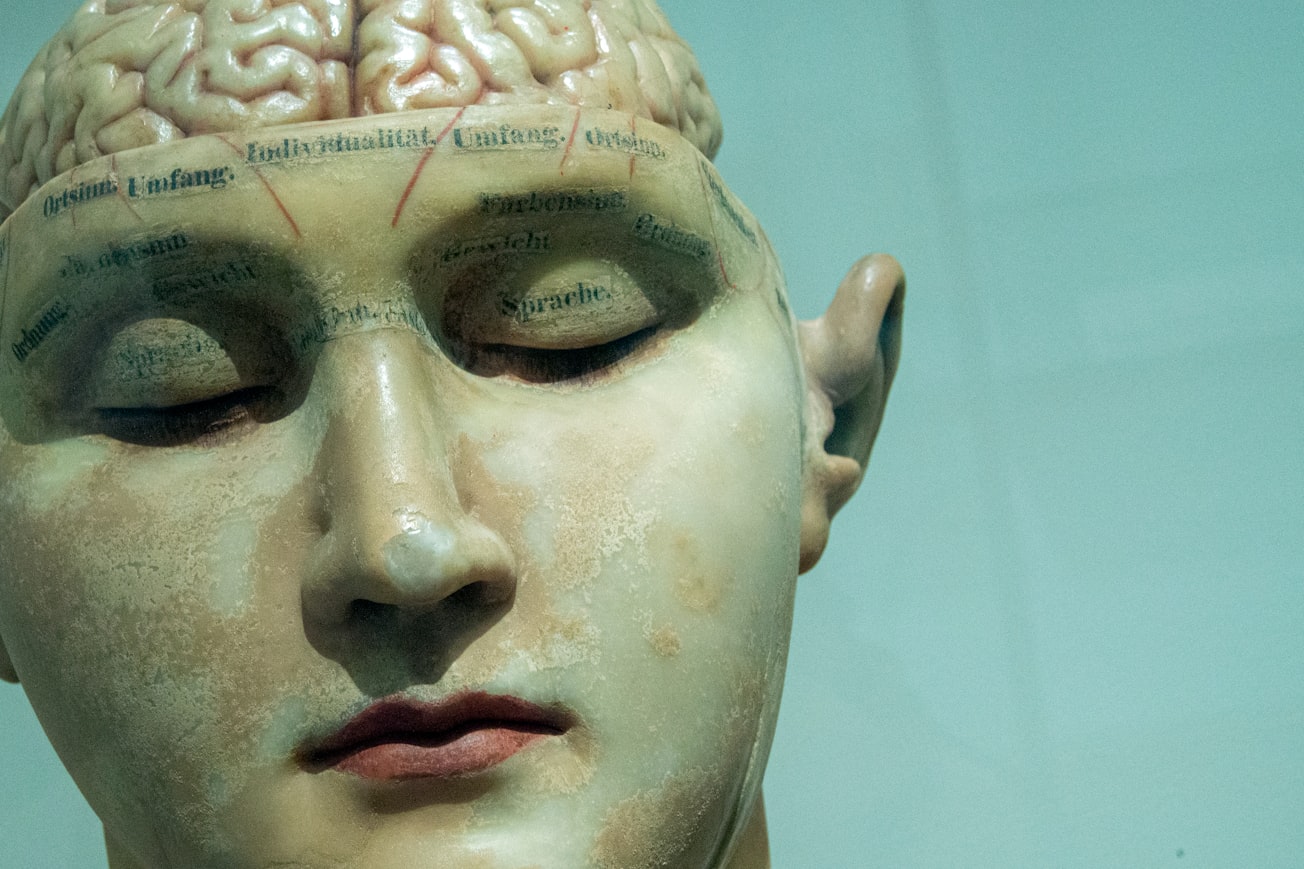What is it about?
Suicides and neurological disorders are two prominent causes of mortality and chronic morbidity and are connected by complex etiopathological relationships. Growing evidence in the fields of neurology and psychiatry demonstrates that neurological illness predisposes the affected individual to an increased risk of suicide, including both suicidal ideation (SI) and behaviors (SB), the latter covering the entire range from suicide attempts (SA) to completed suicides. i) On one side, neurobiological hypotheses describing the etiopathogenesis of SI and SB in the context of neurological diseases relate to biological impairments that either result from pathological involvements of specific targets in the central nervous system, as a direct result of the neurological disease, or from adverse effects of the neurological treatments. ii) On the other side, neurological diseases expose patients to subjective experiences and challenges, up to near existential positions. This mainly concerns the hopelessness due to frequent psychiatric comor-bidities, unpredictability of the disease (e.g., unexpected and sudden relapses, successive progression, or chronicity), absence of curative treatments, decrease in autonomy, deterioration or loss of identity and status, a sense of uselessness, social isolation, and stigma. It is precisely because of the heterogeneity of these aspects involved in the etiopathogenesis and consequences of neurological diseases that this work proposes to place them at the confluence of neurobiology and subjective existential experiences (please see the Graphical Abstract). This paper focuses on illustrating the complex interactions between suicidality and neurological disorders within the framework outlined above.
Featured Image

Photo by David Matos on Unsplash
Why is it important?
Neurological diseases may thus constitute a privileged paradigm for studying the complexity of the suicidal phenomenon. Considering an inextricable interweaving of "pathologyof the brain" and "pathology of the mind" (in accordance with the provocative distinction in the opening quotation from E.S. Shneidman) emerging in neurological diseases can offer a key guide for any condition in which a suicidal risk occurs and obliges to present a humble face against the plethora of hypotheses put forward in the literature. The latter are indispensable but necessarily partial when confronted with such complex, and, at the bottom of the matter, profoundly mysterious phenomena.
Perspectives
Taking into consideration approaches of a different nature can help health care providers both to adjust their attitude by increasing awareness of and sensitivity to the particular nature of the neurological patients’ suffering and to consider more inclusive treatments (pharmacological and non-pharmacological) to concretely remedy it.
PD (Privatdozent) Alessandra Costanza
Geneva University (UNIGE)
Read the Original
This page is a summary of: When Sick Brain and Hopelessness Meet: Some Aspects of Suicidality in the Neurological Patient, CNS & Neurological Disorders - Drug Targets, October 2020, Bentham Science Publishers,
DOI: 10.2174/1871527319666200611130804.
You can read the full text:
Resources
Graphical abstarct
Graphical abstract: Proposed model for the development of suicidality at the intersection of neurobiology and subjective existential experiences leading to neurological diseases (Costanza et al., 2021)
Graphical abstract
Proposed model for the development of suicidality at the intersection of neurobiology and subjective existential experiences leading to neurological diseases
Contributors
The following have contributed to this page







